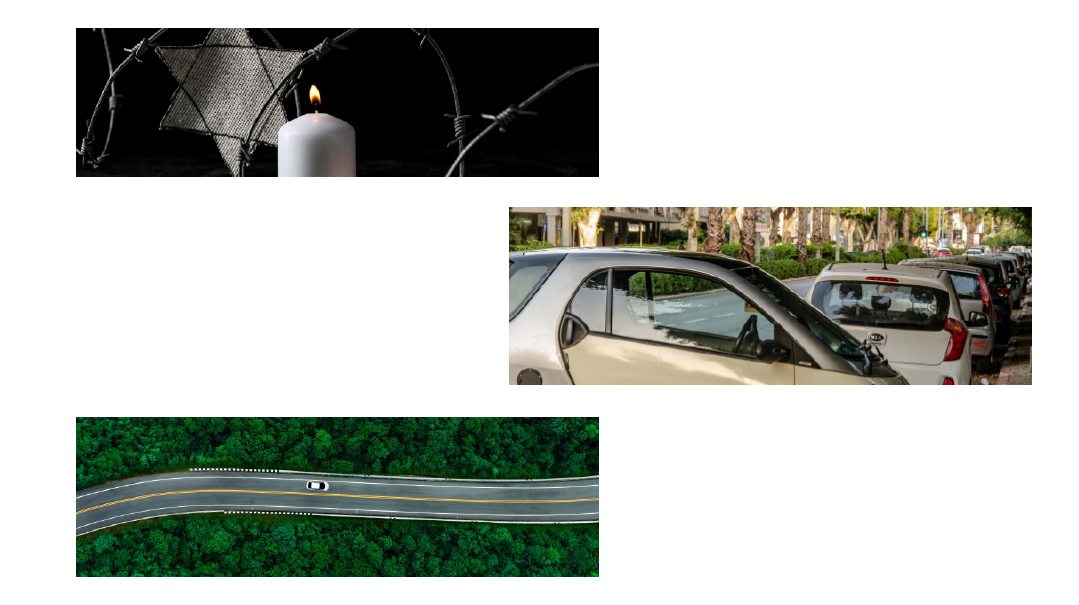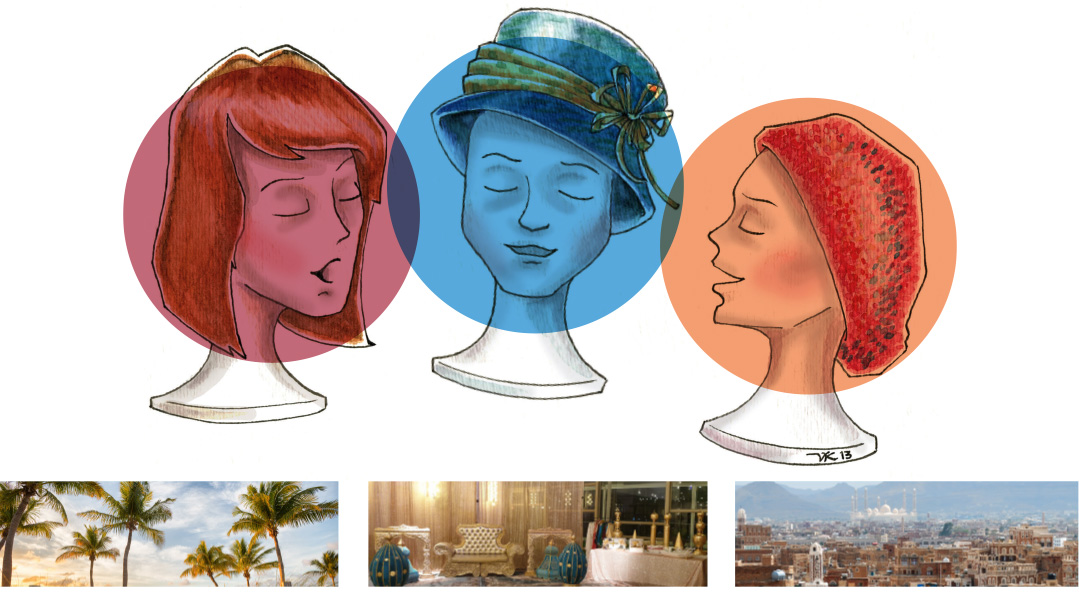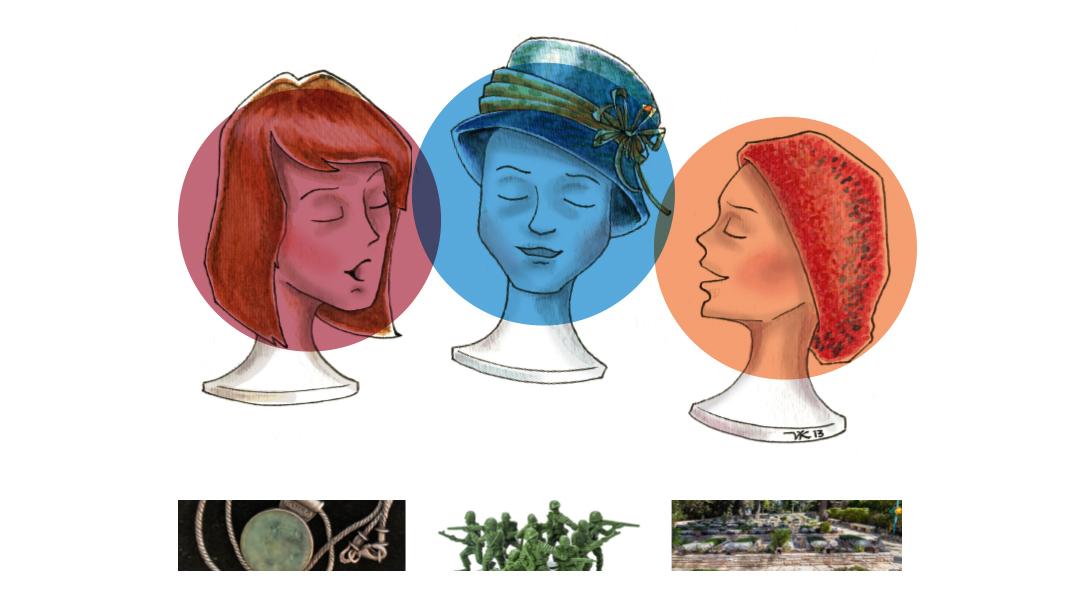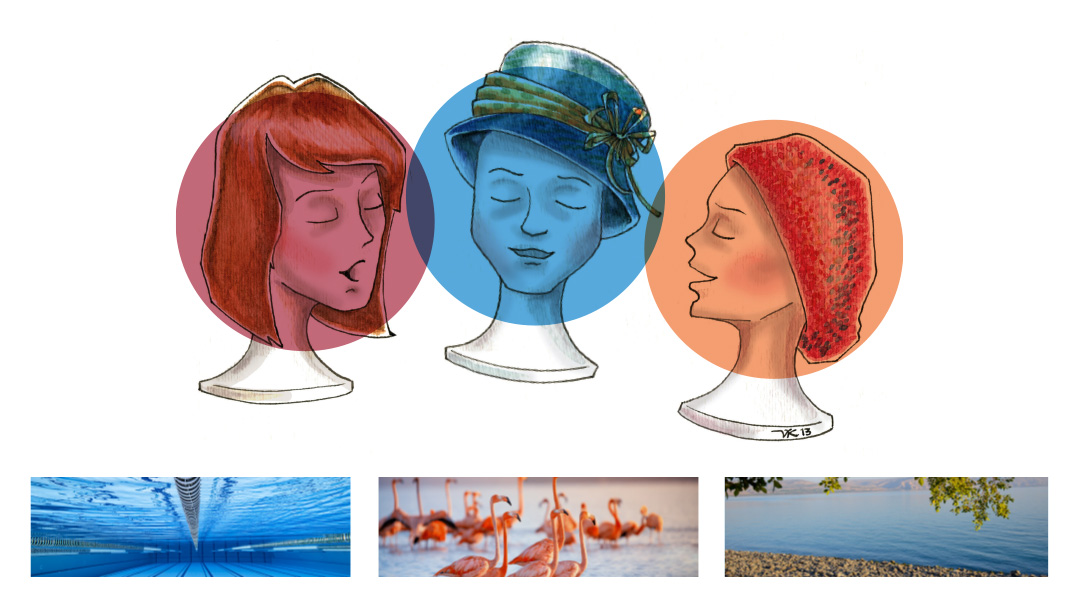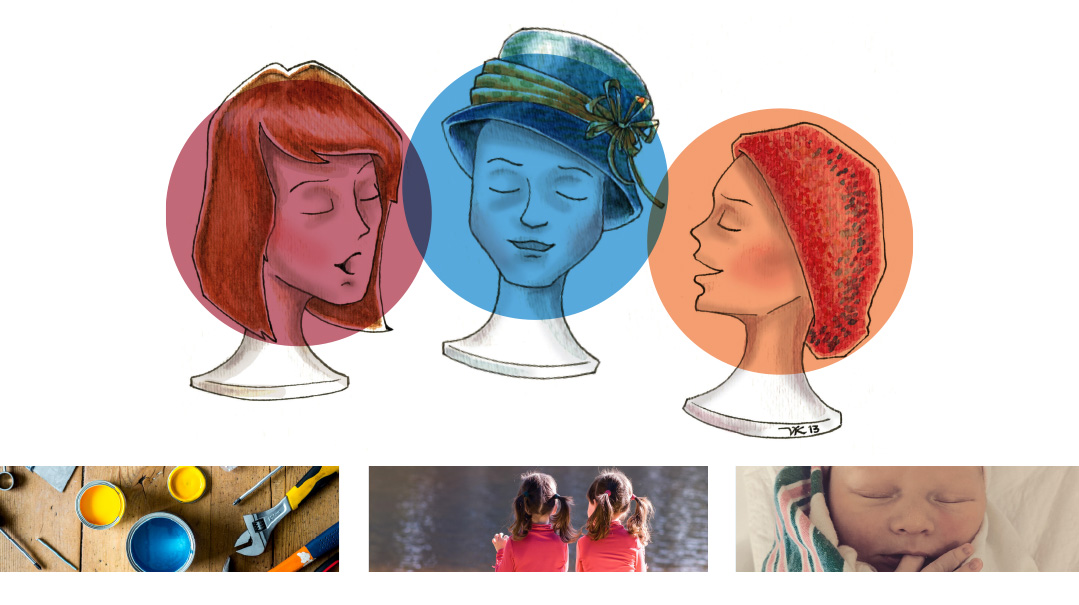Aha! Moments
| May 24, 2022When we Sisters decided to explore our own Aha! moments, we discovered something interesting
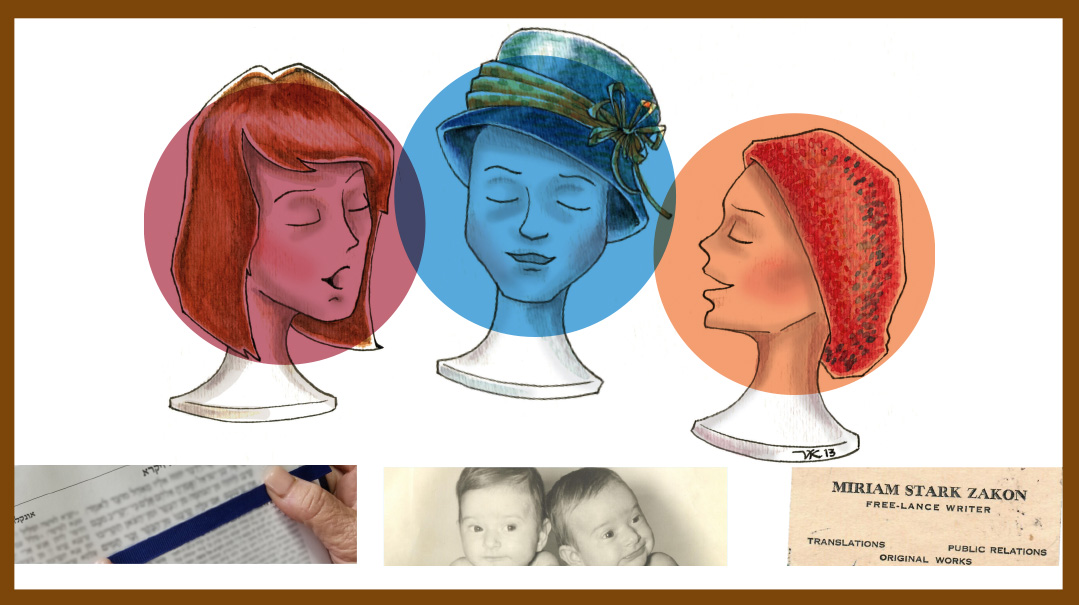
When the apple dropped off the tree onto Sir Isaac Newton’s head, did the scientist who “discovered” the law of gravity really shout, “Aha!”? More likely, if it happened at all, he first yelled “Ouch!”
And then there’s the story of Thomas Edison playing with some materials in his lab. Suddenly, the myth goes, Edison realized how to turn known theories of electrical currents into a practical source of light. In that “light-bulb moment,” he gave us… light bulbs.
Though historians question the truth behind these legends, we know that people do indeed have moments when they suddenly get a fresh idea, gain a new understanding, discover an as-yet-undiscovered truth.
When we Sisters decided to explore our own Aha! moments, we discovered something interesting. No, not a new scientific theory or invention. We found that our own Aha! moments revealed something about ourselves.
Join us as we learn how wandering thoughts can bring us closer to Hashem; how shared and separate identities are forged; and how an Aha! moment can help us break through our self-imposed limitations, even as it shows us the limits of… Aha! moments.
Marcia discovers…
Aha! I’m a Reader!
How did I travel from Florida… to Boro Park… to Munkatch… to the Midbar… and back to Florida? All in about 30 minutes?
It was Shabbos parshas Zachor, and the women’s section in the Florida shul was short on Chumashim, so I sat next to my friend Esther and looked on with her.
The Chumash had one of those blue bookmark ribbons attached to the spine. Esther, however, used it as a sort of pointer. Twisting it horizontally across the page, she lowered it line by line as the baal korei leined.
Maybe she was doing it for my benefit. But I had a feeling that she did so routinely — because as she moved the ribbon, she also murmured the words of the parshah along with the baal korei. I marveled at her intense kavanah, something I could only aspire to.
Stop watching Esther, I told myself. Do what she does. Follow along!
I attributed my distraction to what my kids call ADOS: Attention Deficit… Oooh, Shiny!
I redoubled my efforts and started to focus on the words. But this mental exertion suddenly triggered a memory.
Oops! We could not locate your form.


